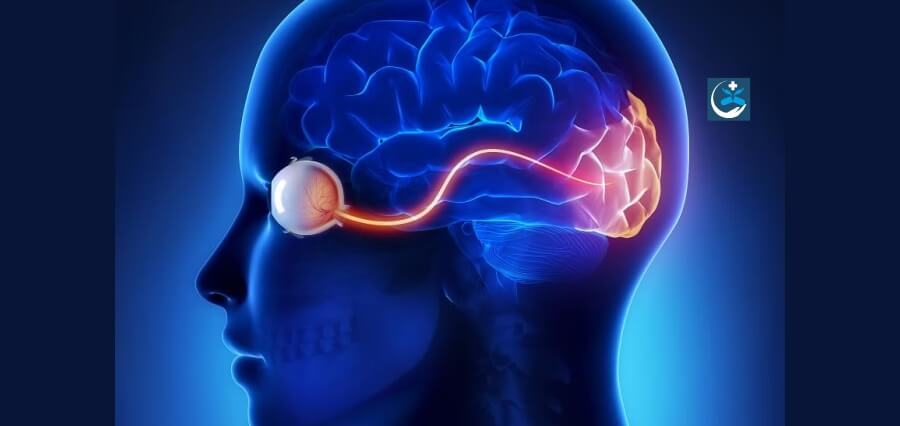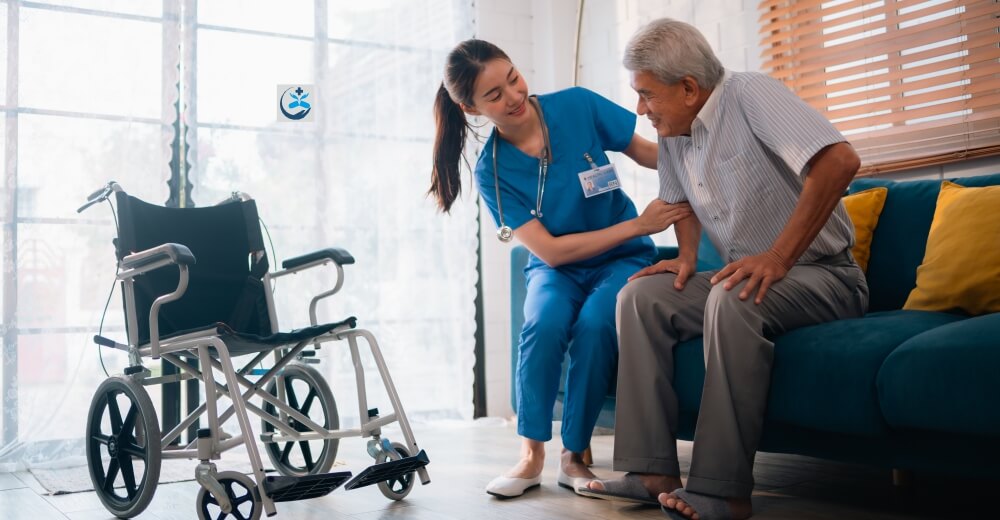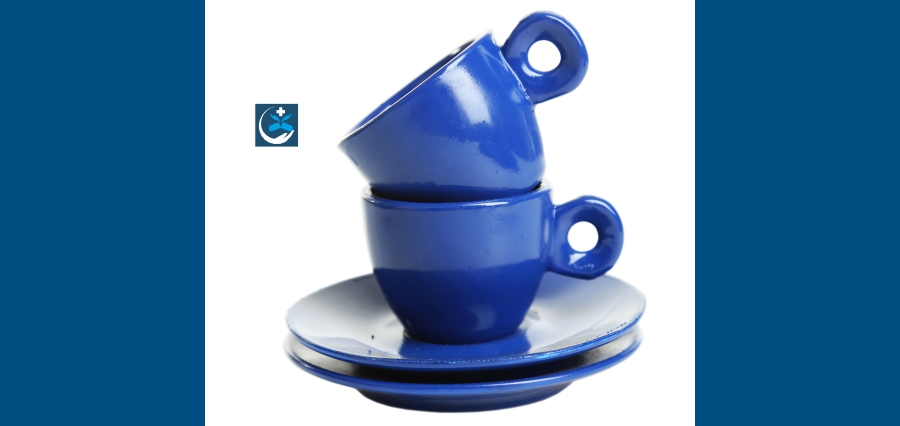It is claimed that the eyes are windows to the soul. Researchers at the Singapore Eye Research Institute (Seri) have discovered that they are now peepholes into brain health.
The researchers have connected alterations in the retina to brain activity in individuals suffering from Alzheimer’s disease through the use of non-invasive ocular scanning. When a patient exhibits minor cognitive impairment in the early stages of the disease, such alterations can be identified.
The most prevalent kind of dementia, Alzheimer’s disease, can be predicted and early symptoms can be identified by researchers by examining variations in the nerve and blood artery thickness and density in the eye.
The brain and the eye are directly related organs, with identical nerves and blood arteries in both. Therefore, according to Seri clinician scientist Jacqueline Chua, when one of these organs becomes ill, the other may alter in conspicuous ways.
“Without chopping someone open, we can actually see the neurons and blood vessels in the eye,” the speaker stated. She also mentioned that lumbar punctures and brain imaging are the gold standard methods for diagnosing Alzheimer’s disease.
The Seri team examined the retinas of living patients, while an earlier study conducted at the Cedars Sinai Medical Centre in the United States employed cadavers and tissue samples from human donors to explore potential biomarkers in the retina, correlating them to recognized signs of Alzheimer’s disease.
In the Singapore study, cross-sectional images of patients’ retinas were captured using equipment that use light waves, such as optical coherence tomography (OCT) and optical coherence tomography angiography (OCTA).
While the OCTA captures images of the blood vessels within and beneath the retina, the OCT enables the eye doctor to examine the unique layers of the retina and map and measure their thickness.
In the initial investigation, the scientists from Seri examined the thickness of the surrounding nerves in addition to the optic nerve.
Dr. Chua, an optometrist at the Singapore National Eye Centre, stated, “When we combine the two, we could actually improve the detection much better than just a single approach.”
Read More: Click Here







